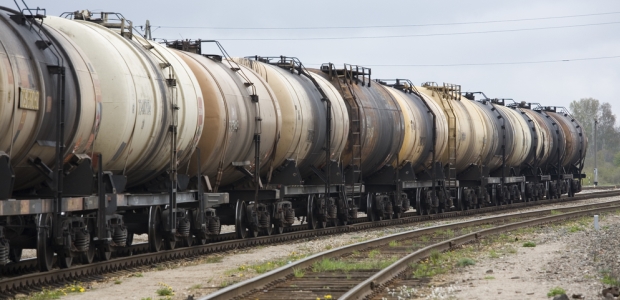
DOT Agencies Requiring Spill Response Plans for HHFTs
The final rule requires railroads to develop and submit Comprehensive Oil Spill Response Plans for route segments traveled by High Hazard Flammable Trains that are transporting petroleum oil in a block of 20 or more loaded tank cars and also trains that have a total of 35 loaded petroleum oil tank cars.
Two agencies within the U.S. Department of Transportation have issued a final rule aimed at strengthening railroads' preparedness for oil spills. The final rule from the Pipeline and Hazardous Materials Safety Administration and the Federal Railroad Administration will take effect 180 days after being published.
It requires railroads to develop and submit Comprehensive Oil Spill Response Plans for route segments traveled by High Hazard Flammable Trains that are transporting petroleum oil in a block of 20 or more loaded tank cars and also trains that have a total of 35 loaded petroleum oil tank cars.
"This new rule will make the transport of energy products by railroad safer," U.S. Secretary of Transportation Elaine Chao said Feb. 15.
The rule revises the oil spill response plan requirements currently in place to require railroads to establish geographic response zones along various rail routes and ensure that both personnel and equipment are staged and prepared to respond in the event of an accident. It also requires railroads to identify the qualified individual responsible for each response zone, as well as the organization, personnel, and equipment capable of removing and mitigating a worst-case discharge. The rule also requires rail carriers to provide information about HHFTs to state and tribal emergency response commissions in accordance with the Fixing America’s Surface Transportation Act of 2015.